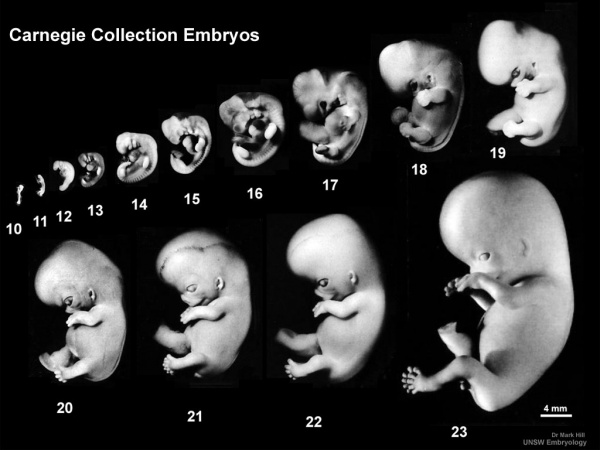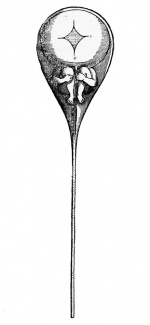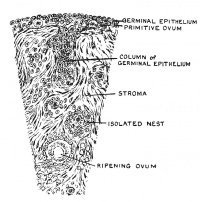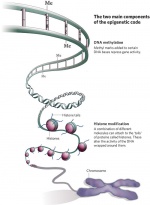K12 Comparative Embryology: Difference between revisions
mNo edit summary |
mNo edit summary |
||
| Line 25: | Line 25: | ||
|} | |} | ||
| | | [[File:Embryo stages 01.gif]] | ||
[[Media:Embryo_stages_003.mp4|'''Click Here''' to play on mobile device]] | [[Media:Embryo_stages_003.mp4|'''Click Here''' to play on mobile device]] | ||
This movie shows human embryo development between week | This movie shows human embryo development between week 3 to 8 after fertilisation. | ||
|} | |} | ||
Revision as of 11:03, 5 September 2016
| Embryology - 19 Apr 2024 |
|---|
| Google Translate - select your language from the list shown below (this will open a new external page) |
|
العربية | català | 中文 | 中國傳統的 | français | Deutsche | עִברִית | हिंदी | bahasa Indonesia | italiano | 日本語 | 한국어 | မြန်မာ | Pilipino | Polskie | português | ਪੰਜਾਬੀ ਦੇ | Română | русский | Español | Swahili | Svensk | ไทย | Türkçe | اردو | ייִדיש | Tiếng Việt These external translations are automated and may not be accurate. (More? About Translations) |
K12 Professional Development 2016
Introduction
| All human and animal embryos go through very similar stages of early development. See also Humans and Animal Embryology.
What are the key things in development that we share? This page introduces a few of the concepts of development shared with all animals.
|
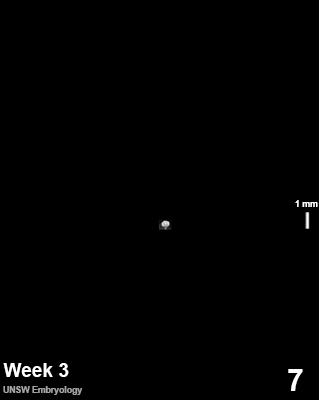
Click Here to play on mobile device This movie shows human embryo development between week 3 to 8 after fertilisation. | |||
Human Carnegie Stages
Developmental Misconceptions
Many of these are truely historic, and while essentially wrong, science works through testing these alternate theories, and is some cases some can even be partially correct.
| Recapitulation Theory |
|---|
| Ernst Haeckel (1834 – 1919) "ontogeny recapitulates phylogeny" claimed that an individual organism's biological development (ontogeny), parallels and summarises its species evolutionary development (phylogeny). First a single-celled organism, then evolve into a fish, then an amphibian, then a reptile, then a bird, and finally reach a mammal.
Current developmental biology shows that animals follow similar developmental programs, but do not go through a "species change" during development. |
Cite this page: Hill, M.A. (2024, April 19) Embryology K12 Comparative Embryology. Retrieved from https://embryology.med.unsw.edu.au/embryology/index.php/K12_Comparative_Embryology
- © Dr Mark Hill 2024, UNSW Embryology ISBN: 978 0 7334 2609 4 - UNSW CRICOS Provider Code No. 00098G

